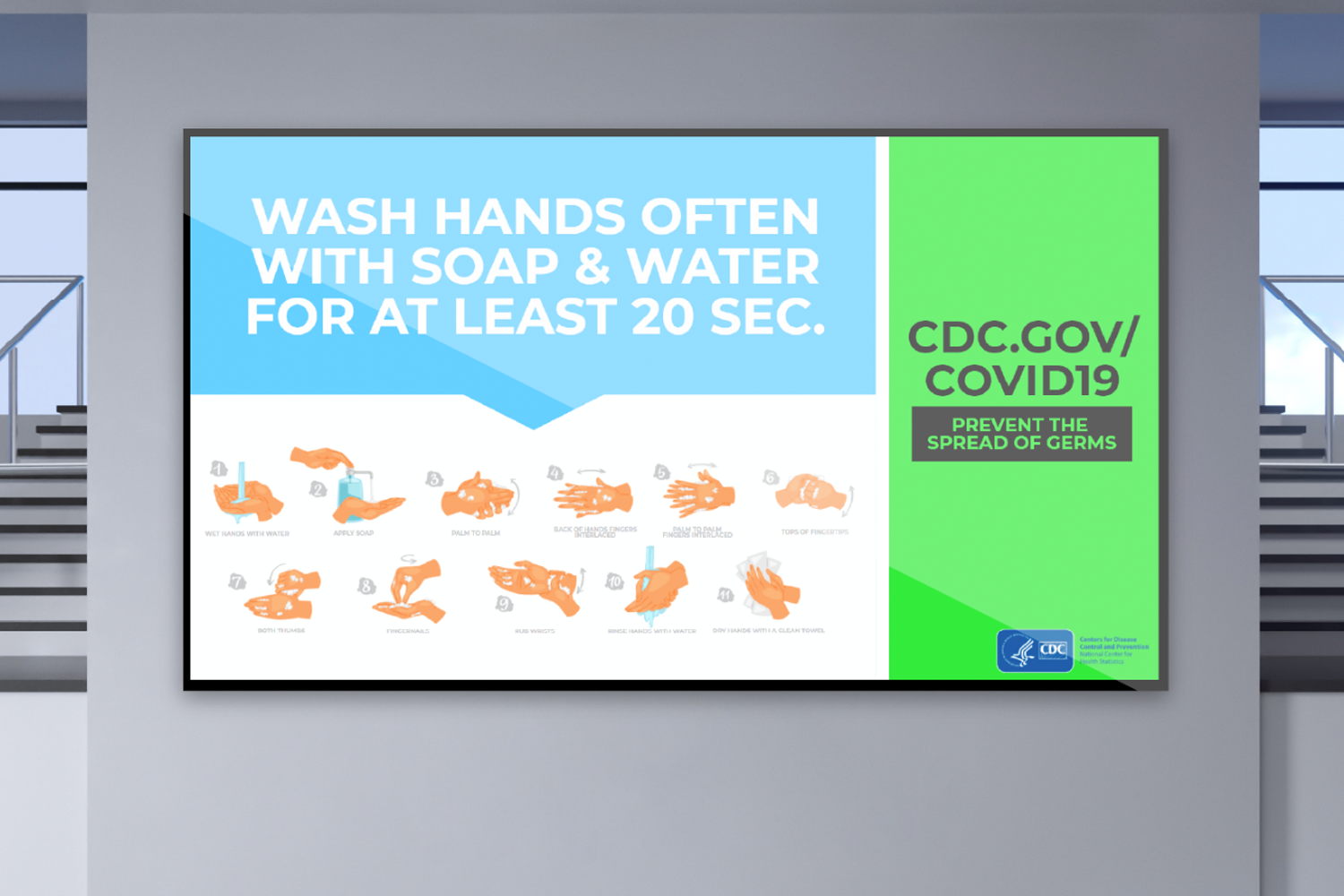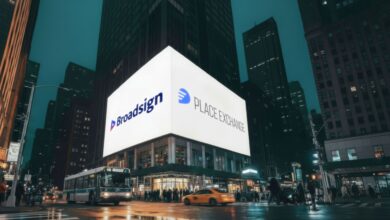
In any indoor or outdoor environment, changes are inevitable: room functions, visitors’ needs, regulations, and many more factors define the necessary routes people travel. Therefore, a good wayfinding strategy is also a flexible one. Beautiful signage is not per se functional signage, and the goals of today are not necessarily the goals of tomorrow.
In order to make complex environments easy for visitors to understand, proper research needs to be done. When more flexibility becomes a necessity, this process gets even more complicated, and it cannot be accomplished without the use of wayfinding management software. This behind-the-scenes work makes life easier when changes are required. New static sign layouts are automatically ready for production without errors, giving full control to the building owner or manager. No additional research or meetings are needed to keep the system up to date.
If wayfinding strategies are not designed with future changes in mind, it will be a costly and time-consuming practice whenever an update needs to be made. In case the necessary changes are not completed, the result will inevitably be a poor user experience.
How can digital signage play a role in this?
Digital signage should not be confused with digital screens used for advertising; the way both are controlled is similar though. Using screens for wayfinding purposes can be a very powerful strategy, especially when routes tend to change frequently due to flexible room functionality or regulatory influences.
The best places for digital wayfinding signage are entrances and “decision-making points,” where static directories are usually found. Digital signage has earned a permanent place in any wayfinding strategy and it is making instant route changes possible in combination with traditional signage.
Is there a need for a mobile wayfinding solution?
Absolutely. Mobile is the only way to make a wayfinding experience completely personalized. Environments like hospitals and shopping malls can greatly benefit from integrating a mobile solution. Additionally, these can be adjusted almost instantly whenever route changes are needed and can be completely synchronized with existing static and digital signage solutions.



